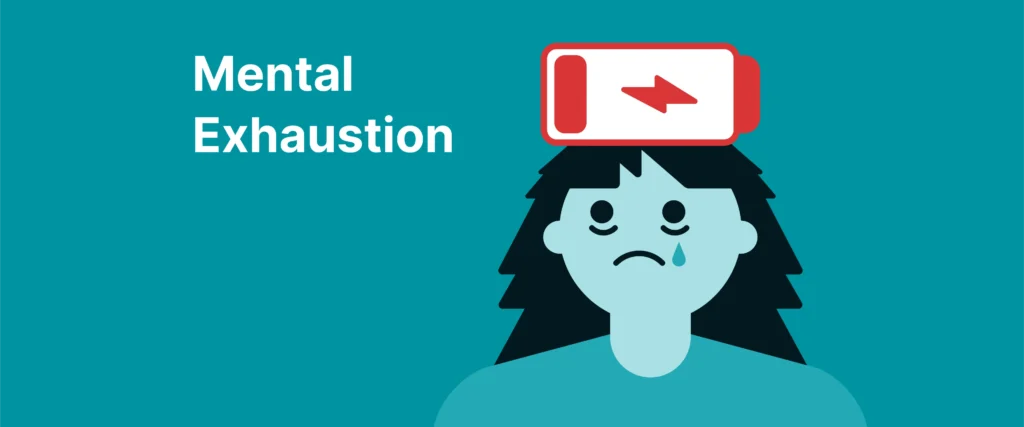
Burnout’ is a term that has now become very common. You can hear people casually using it, you can find countless post about it. But what exactly is burnout? Is it just being tired and not wanting to do anything? Let’s explore the psychological sides of burnout and try to draw a picture of how burnout actually looks like.
Burnout- It is a deep, chronic state of emotional, physical, and mental exhaustion that stems from prolonged and excessive stress — especially in emotionally demanding roles.
How is burnout different from physical fatigue? Tiredness can be resolved with maybe a good nights sleep or even a nice day off , but burnout stays, it lingers around and unknowingly creeps into affecting every little aspect of your functioning. Psychologist Herbert Freudenberg first coined the term in the 1970s to describe a state of chronic workplace stress that hadn’t been successfully managed. Since then, burnout has evolved to include not just professional but also personal, academic, and caregiving contexts.
Burnout has multiple aspects involved into it, it is multidimensional, the core symptoms of burnout are:
1. Emotional exhaustion: You feel exhausted, emotionally and physically. Even the thought of a simple work or anything else feels too much.
2. Depersonalization: It is a psychological defense mechanism where you feel emotional detached from work and everyone around you.
3. Reduced productivity: you feel no matter how much you do, you feel haven’t done enough, you begin to doubt your competence and value, often feeling ineffective or like you’re no longer making a meaningful impact.
No, burnout isn’t just being tires of doing things and getting bored with routine, burn at its core is an emotional condition. A condition that arises from constantly giving, doing, caring and suppressing your own needs amidst this giving process. When this suppression continues your brain’s emotional regulation system gets dysregulated.
How do you know if you are burnt out or if you are just tired or have a ‘rough page’;
- A sense of dread before starting your day
- Feeling numb, indifferent, or cynical
- Trouble sleeping despite feeling exhausted
- Constant self-doubt or a sense of failure
- Emotional outbursts or heightened sensitivity
- Withdrawal from social or professional circles
Burnout isn’t just about workload. It’s about control, meaning, community, fairness, and values.
According to researcher Christina Maslach, mismatches in any of these areas between a person and their environment increase the risk of burnout.
Burnout is not restricted to work, it needs a connection with self, here’s something you can do if you feel burnt out:
- Learn to say no: sounds hard, but when you have enough on your plate learn to say no.
- Self-care: mindfulness practices, journalling, massages, creative hobbies
- Catch perfectionism: give yourself space to make mistakes
- Stay connected: Stay close to people who comfort you and you love.
- Seek professional help: Therapy can be particularly helpful in recognizing emotional patterns that contribute to burnout, especially for those who feel compelled to overperform or are afraid of being perceived as “not enough.”
Burnout doesn’t mean you are broken, but it just means there is a part of you that needs attention. You need not push through; you just need to listen to what needs attention. You just need to pause and reset.





